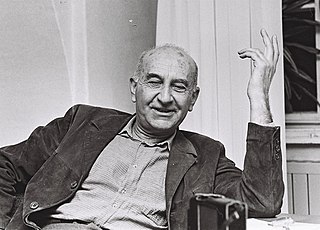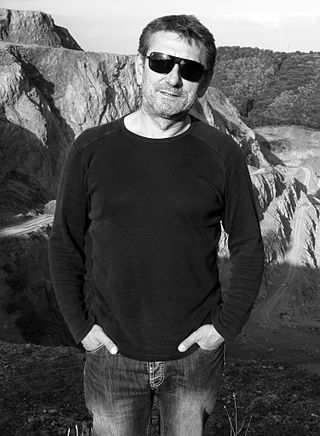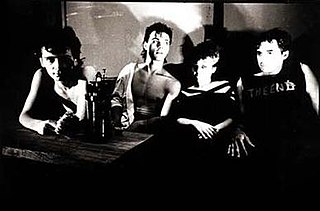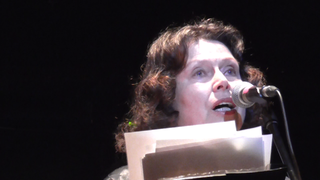Related Research Articles

Borislav Pekić was a Serbian and Yugoslav writer and political activist.

Horgoš is a village located in the municipality of Kanjiža, North Banat District, Vojvodina, Serbia. As of 2011 census, it has a population of 5,709 inhabitants. A border crossing between Serbia and Hungary is located in the village.

Aleksandar Tišma was a Serbian novelist.

Jovan Zivlak, is a Serbian poet, publisher and essayist.

Slobodan Peladić was a Serbian painter, sculptor and multimedia artist.

La Strada was a Serbian and former Yugoslav new wave and later alternative rock band from Novi Sad.

Luna was a Serbian and former Yugoslav post-punk/gothic rock band from Novi Sad.
The International Novi Sad Literature Festival was founded by the Association of Writers of Vojvodina in 2006. The Festival is held in Novi Sad еvery year in August and September.

John Held Jr. , is an American mailartist, author and performance artist who has been an active participant in alternative art since 1975, particularly in the fields of rubber stamp art, zine culture, and artistamps. He is one of the most prominent and respected promoters and chroniclers of mail art.
Laslo Blašković is a Serbian writer and director of the National Library of Serbia.

Katalin Ladik is a Hungarian poet, performance artist and actress. She was born in Újvidék, Kingdom of Hungary, and in the last 20 years she has lived and worked alternately in Novi Sad, in Budapest, Hungary and on the island of Hvar, Croatia. Parallel to her written poems she also creates sound poems and visual poems, performance art, writes and performs experimental music and audio plays. She is also a performer and an experimental artist. She explores language through visual and vocal expressions, as well as movement and gestures. Her work includes collages, photography, records, performances and happenings in both urban and natural environments.
Milan Ćurčin was a Serbian poet, essayist, editor of the well-known Nova Evropa magazine and one of the founders of the Yugoslav PEN center in 1926.
Magazine Signal with the subtitle "International Review of Signalist Research" was the periodical of Signalism, international avant-garde creative movement. The magazine was founded in 1970 in Belgrade. Founder and editor-in-chief was Miroljub Todorović.
Aleksandar Davić was a Serbian film director and screenwriter.
Synne T. Bull and Dragan Miletic are two visual artists who work together as a collaborative duo called Bull.Miletic. They are principally known for their video installation artworks and contributions in the fields of media archaeology, new media, and history of film.

Gordana Đilas is a Serbian poet, librarian and bibliographer.

Milan Kašanin was a Serbian art historian, art critic, curator and writer. He served as the head of three Belgrade based museums, the Museum of Prince Pavle, the Museum of Contemporary Art and the Gallery of Frescoes.

Jovan Hristić was a Serbian poet, playwright, essayist, literary and theater critic, translator, editor of Literature, Danas and editor at IRO Nolit.
Svetislav Stefanović was a physician, poet, literary critic, translator, essayist, and playwright. Stefanović is best remembered in '"the treatment of tuberculosis and comparative literature, with his dissertation on William Shakespeare's Hamlet.

Isidora Sekulić Gymnasium is a secondary school in Novi Sad, Serbia. It is named after Isidora Sekulić, a famous Serbian writer. It was founded in 1990. The gymnasium has two educational courses, science-mathematics course and humanities-linguistics course, represented with 8 classrooms a year and 32 classrooms in total. Classes are done exclusively in Serbian.
References
- ↑ Mihaljinac, Nina; Mevorah, Vera (September 2019). "Broken promises of Internet and democracy: Internet art in Serbia, 1996–2014". Media, Culture & Society. 41 (6): 889–900. doi:10.1177/0163443719831177. ISSN 0163-4437. S2CID 150913368.